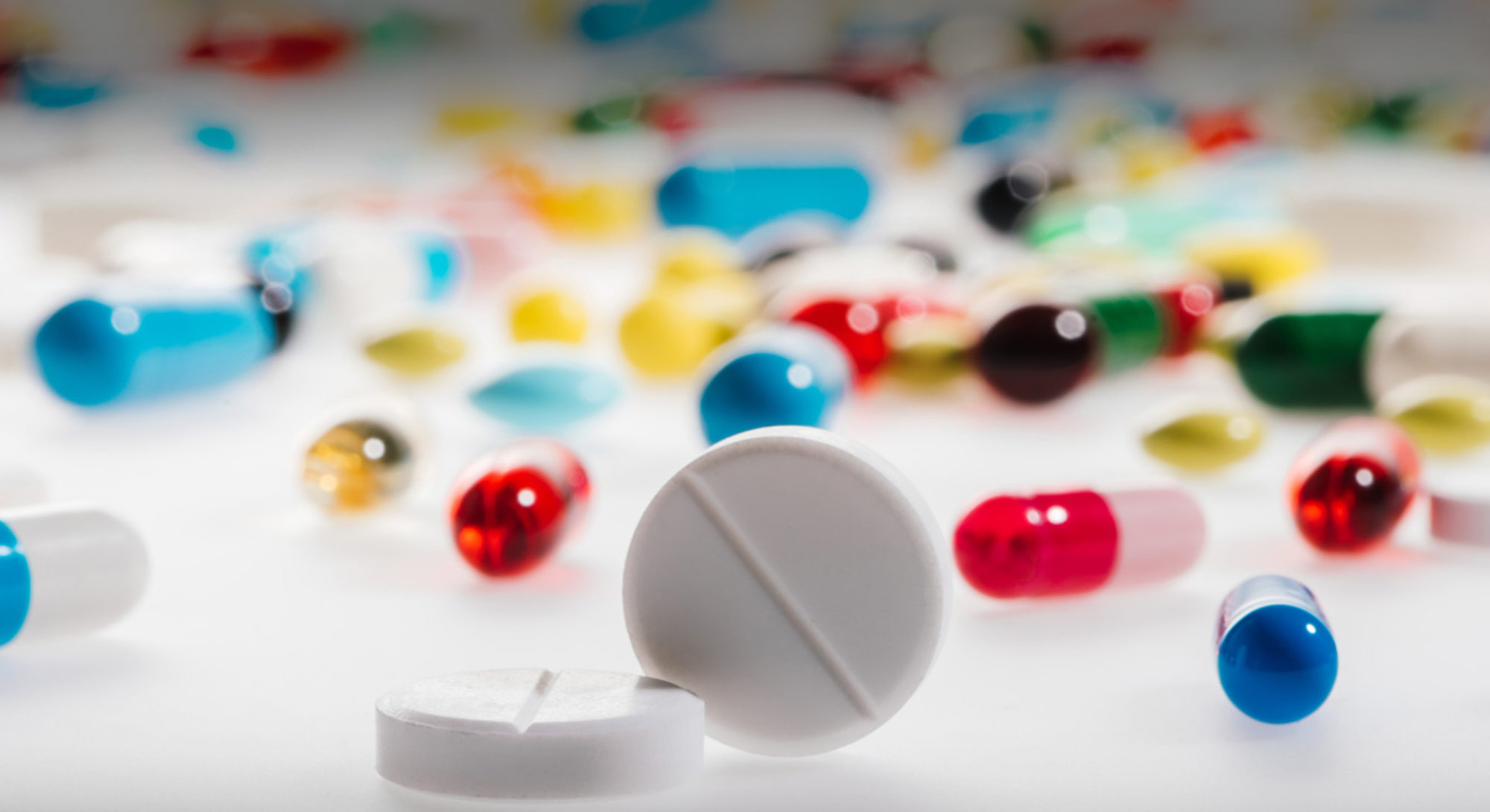Red Food Dye No. 40 is found in numerous foods, medications, vitamins, and dietary supplements. In fact, Red 40 dye is the most commonly used food dye in the United States. This harmful dye is used in many foods and medications that we use on a daily basis. More often than not, if a product is artificially pink or red, it contains copious amounts of Red 40 dye.
Red 40 in Foods
Red 40 dye can be found in most any processed food with a red coloring. Many of these can be quite obvious by their bright artificial colors such as candies, fruit snacks, and cereals. Some are not so easy to spot. Several brands of hot dogs, dried meat jerkies, potato chips, and salad dressings include this harmful ingredient.
Red 40 in Medications
Red 40 is also inexplicably found in many medications,(prescription and OTC) vitamins, and dietary supplements. Most of these are children’s products made colorful to be more appealing. The bright red shade of infants acetaminophen and light pink of antibiotics are good examples. Many tablets are also colored with this dye as well as vitamins.
Harmful Effects
Most studies conducted on the effects of Red 40 have been done on rats. The rats did not fair too well. Most of them showed signs of increased allergies, cancer, low body and brain weight, and low brain weight in their offspring. Red 40 has also been linked to cancer, allergies, and hyperactivity in children. Migraines and anxiety have also been directly linked with this common ingredient.
The Legality
Red 40 is among a long list of dyes that are derived from petroleum and coal tar. All of these are banned in most first world countries, but not the U.S. They are illegalized in the U.K, France, Austria, Norway, and Finland to name a few. These food dyes are called the “rainbow of risk” by the Center for Science and Public Interest for obvious reasons. The most disturbing thing about the relentless use of this dye is that it is not terribly difficult to use alternative means of food coloring. Many products can be brightly colored with spices, fruit, and vegetable juices.
The FDA demands that the use of Red 40 is disclosed in the ingredients list when used in a product. They are not, however, required to tell you how much a product contains. It is best to avoid this ingredient when possible and read labels. It is a common misconception that if you steer clear of foods rich in bright red coloring that you are safe from Red Food Dye No.40. This is not true. The only way to know is by reading the ingredients list thoroughly.
